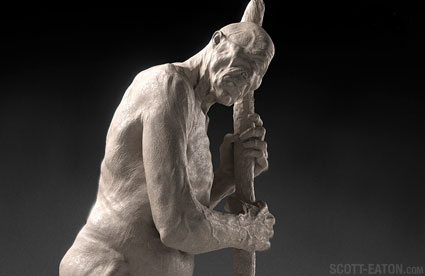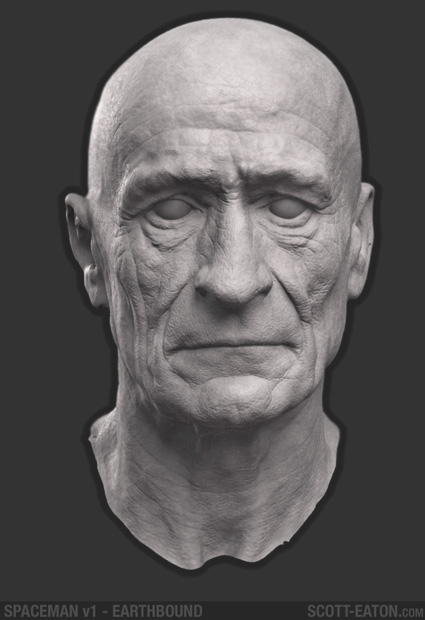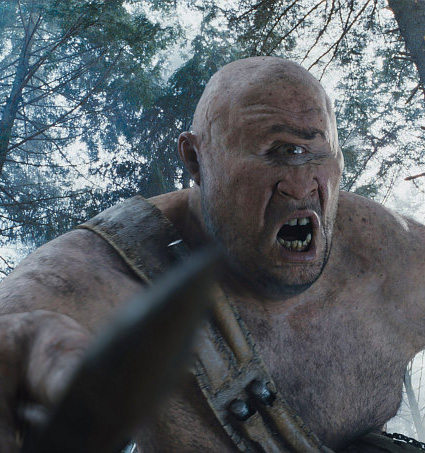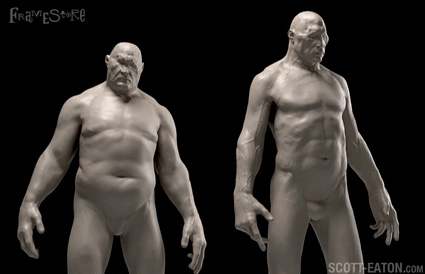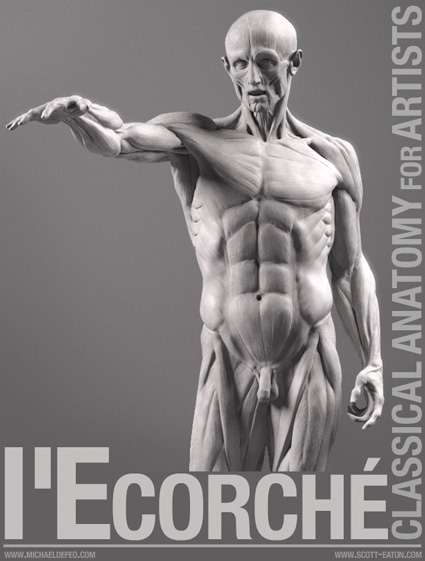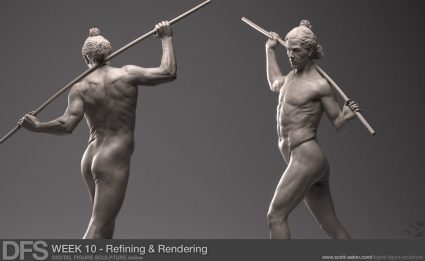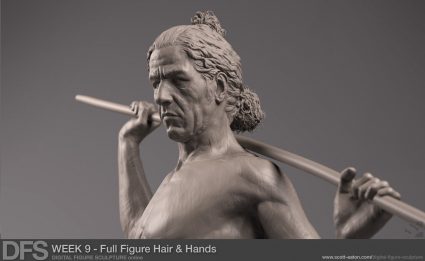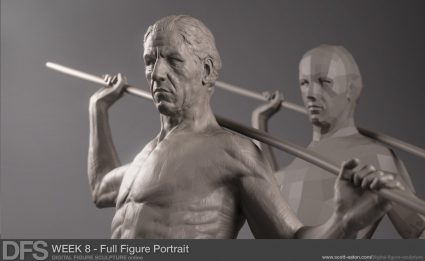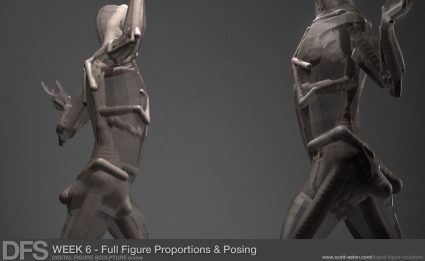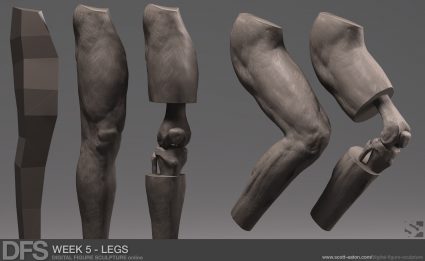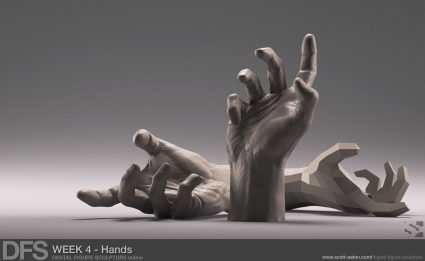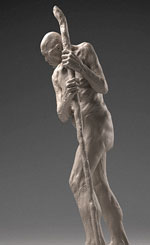 I recently gave a talk to some young students and had to dig through my archives to find interesting things to show. This digital excavation unearthed quite a few clips, images and drawings that I don’t think have seen the light of day here, so I am starting a new series of ‘pastblast’ posts – showing older things that are still cool and trying to giving a little bit more background on the original project.
I recently gave a talk to some young students and had to dig through my archives to find interesting things to show. This digital excavation unearthed quite a few clips, images and drawings that I don’t think have seen the light of day here, so I am starting a new series of ‘pastblast’ posts – showing older things that are still cool and trying to giving a little bit more background on the original project.
This old guy was an early character sculpt for the film Wrath of the Titans. The script called for three Cyclops – two brothers, and an aged father. Hopefully my design skills are at least good enough that you can tell this one is supposed to be the father!

